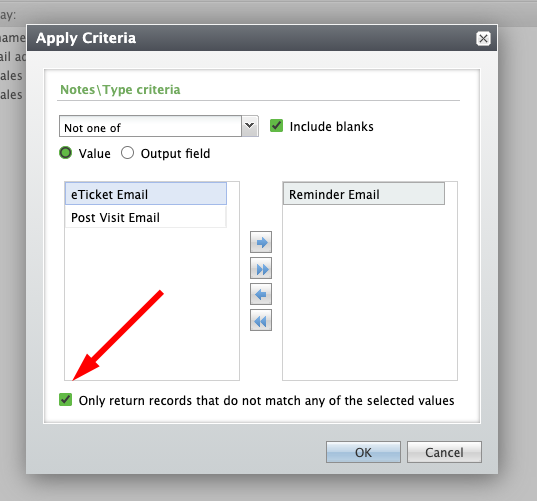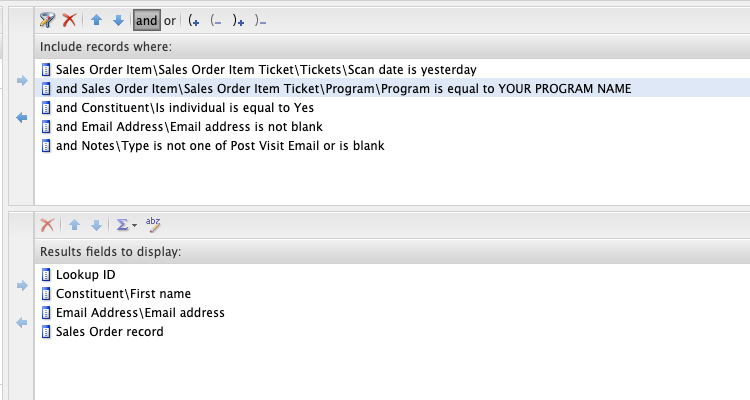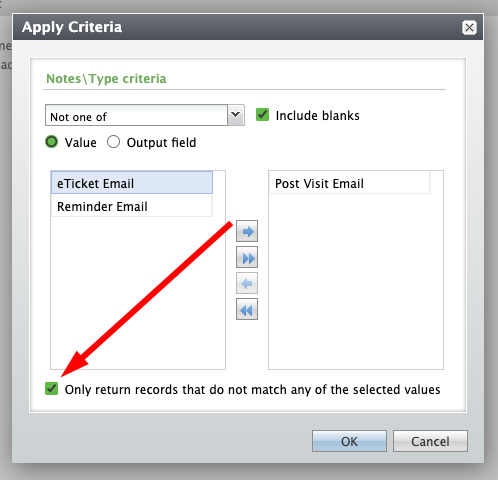How to create a GTM account with Google
Steps on how to create Google Tag Manager Account
1: Proceed to this website: https://tagmanager.google.com
2: Click on CREATE ACCOUNT.
3: Fill up the Add a New Account form based on the organization’s data. Once done, click Create.
4: Read the Google Tag Manager Terms of Service Agreement and click YES if it is acceptable.
5: Wait as it creates a Google Tag Manager Account and clicks OK.
6: Along with the Google Tag Manager account was the Google Tag ID. Note this ID and send it over to Social Good Software.
7: Invite Social Good Software to work on your GTM account by going to Admin, then proceed to User Management.
8: Click on Add button, then Add users.
9: Add the email address of Rick – Founder of Social Good Software. Check on the administrator in case he needs to invite a team member. Also, check on the User checkbox. Once done, click Read to change permission.
10: Put a check on Publish, Approve and Edit, then click Done.
11: Proceed to Set all for Container permissions. Put a check on Publish, Approve and Edit. With this, Rick and the added team members can make changes on either Container Level or the specific Web Level we created.
12: Lastly, Click on Invite. Rick will be able to receive an invitation which will give him authority to invite his team members to help configure your GTM Account and set it up properly.
Conclusion
Hopefully, this process helps you set up a GTM account to give greater SEO Improvements to your business and website. If you have any questions, please reach us through our support channel. We are always happy to help!
How to create an unsubscribed attribute with Altru
Introduction
To determine those individuals who unsubscribed, you just need to create an unsubscribed attribute with Altru. Do it once and it will be shared among all of your lists of members.
Steps on how to create unsubscribed attribute with Altru:
1: Open ALTRU and click ADMINISTRATION.
2: Proceed to ATTRIBUTE CATEGORIES under Data
3: Click ADD to create new attribute.
4: A dialog box will pop out. Input the following and click Save.
Name: Unsubscribed
Record type: Constituent
Attribute group: N/A
Data Type: Yes/No
Note: Make sure to click on the ‘Allow only one per record’ checkbox.
Once done with the steps above, you can now connect it all together with the Data Bridge which is very useful in attaching those unsubscribe attributes.
If you have more questions, please reach out to us through our support channel.
You can also check the tutorial on How to create an attribute for a segment with Altru.
How to create an attribute for a segment with Altru
Introduction
If you have lists of constituents in Altru, you also need to create an attribute for that segment. Every list must have an attribute assigned to it. Attributes are useful when you send an email and you only want those individuals who belong to a particular group to receive your message.
Things to consider when you name an attribute for a segment:
- Who those individuals are.
- What group they belong; and
- It must be readable and maintainable in the future.
Steps on how to create an attribute for a segment with Altru:
1: Open ALTRU and click ADMINISTRATION.
2: Proceed to ATTRIBUTE CATEGORIES under Data.
3: Click ADD to create a new attribute.
4: A dialog box will pop out where you need to supply the needed information. Click on Save.
Name: (best describe the list)
Record type: Constituent
Attribute group: None
Data Type: Yes/No
Note: Make sure to click on the ‘Allow only one per record’ checkbox.
Create an additional attribute by repeating the process from step three then provide the needed information.
Summary
Creating an attribute is needed if you have lists of individuals who belong to a particular group. It is helpful to your organization because you can use this list for your marketing campaign. Sending emails to your target group of people will be a lot easier and faster when you have your attribute.
If you have more questions, please reach out to us through our support channel.
You can also learn how to create an attribute for your email list. And, we also provide a guide on how to create an unsubscribe attribute.
How to create a SYNC Operations note type
Introduction
Learning how to create a sync operations note type in Altru is beneficial to your organization because it helps record the operations that happened in particular constituent information. It is useful as it gives the history of all the operations done on a particular record.
Whenever the organization’s data sync, you will be able to determine what operation took place, updated, and moved over in a certain constituent record. With note type, you will be able to see all the operations that happened on a particular constituent record.
Steps to create a SYNC Operations note type
1: Open ALTRU and click ADMINISTRATION.

2: Proceed to CODE TABLES under Data

3: Click on FILTER then the DROP-DOWN MENU

4: Select BIOGRAPHICAL and click APPLY

5: It will show a list of biographical types that can be set up. Click on CONSTITUENT NOTE TYPE then ADD.


6: A dialog box will pop out. Add a name to the description area for a new note type then click OK.


Summary
You now have a newly created note type that you need to add to a particular constituent record. This will make sure that every time you perform a data sync, it will be easier to query and simpler to check the operations previously done. Note type is also useful for data restoration since it contains the original information for previous data syncs.
You can also check the tutorial on how to create a membership note type and how to create a custom note type with Altru.
If you still have questions or need clarifications, please reach us at support@socialgoodsoftware.com.
Reminder eTicket email Query for Altru

Post-visit email Query for Altru


Post-visit email template for Altru
Social Good Software created a Post-visit Email template to serve as your basis for building your Post Visit Email. You can customize it and add additional details to fit your organization’s core values and style.
Watch this mini video which will walk you through the template, or follow this written guide.
1: Before you edit the Post Visit Email Template, make sure to copy it first through this link Post-visit email. Save it to your Google Drive or download and revise it in Microsoft word.
Save to Google Drive
Download to Microsoft Word
2: Edit the highlighted text with the organization’s information.
- You have the option to fully customize the title of the email and revise the content if necessary.
- For the Footer, you have the alternative to include your organization’s address, phone number, email address, and other details, depending on your preference.
3: You can include an image with a size of 800 x 200 as recommended and upload it within the container.
4: Use Merge fields from the Altru query to add value to the email. Make sure that any merge fields you include are added in the query, if not, it will simply be a space.
5: As for the survey section, you need to add your link to your survey form. Use tools like SurveyMonkey or Google Forms if you need to cause we are not responsible for doing the survey.
You now have a fully customized Post-visit Email that expresses your gratitude to your members and guests for stopping by. You also have the opportunity to gather feedback for the improvement of the services offered by your organization.
Reminder email template for Altru
Social Good Software created a Reminder Email template to help you draft your reminder email effectively and with a personal touch. You can fully customize it to help you build a connection with your members and guests but under your organization’s brand and style.
1: Copy and save the template in your google drive. You can also download it in Microsoft word before you do the editing.
Copy and Save in Google Drive
Save and Edit in Microsoft Word
2: The title of the email was already available, but you can still fully customize it.
3: You also have the option to add an image to your reminder email by uploading it and placing it in this container. The recommended size is 800×200.
4: You can include additional merge fields depending on your organization’s preference.
- When you add a merge field into your email, you have to also include the merge field in your query.
- Below are the merge fields that we added for your reference.
5: Change the highlighted text with the organization’s information. You can also alter the body of the email to fit your organization’s style.
6: You can also add the link for your website and include additional links if necessary.
7: Include the order summary using the merge field to enumerate all the needed information.
8: Finally, you can include additional details in the footer. You can provide information about your organization and help distinguish it from others.
Once done, you will have a reminder email template as if made for a particular guest. With this, you will be ready to have a call with our onboarding specialist. She will help and teach you how to add all this information to the email designer.
If you have concerns or questions, please reach us through our support channel. We are always happy to help!
eTicket email template for Altru
Have a hard time creating your eTicket Email? We got you!
We’ve created a template solely to give you a starting point. This eTicket Email template is handy when sending the eTicket email out to guests through the Email Designer. You can easily customize it based on your organization’s preference. You also have the option to add images and additional details.
Watch this short video which will walk you through the different parts of the E-Ticket Email template, or you can follow the steps below:
1: Before you edit the eTicket Email template, copy it first through this link eTicket Email and save it to your Google Drive or download and revise it in Microsoft word.
Save to Google Drive
Download to Microsoft Word
2: Replace the highlighted text with the organization’s information and make necessary revisions.
3: Add an image to the email to make it more personalized. The recommended size is 800×200.
4: Use the merge field to add value to the email by going to your Altru query and exporting it out. Below are the merge fields that we added for your reference.
Note: You can replace the Merge Field or position it wherever you want in the email.
5: Add the transaction details through the use of merge fields.
After filling up the template with all the necessary details, adding additional information if needed, and having your image ready, it is time to proceed to the onboarding call and discuss how we can move on with your E-Ticket Email.